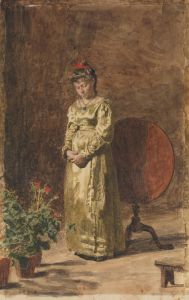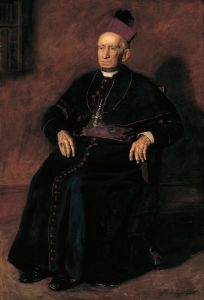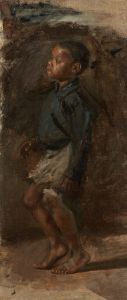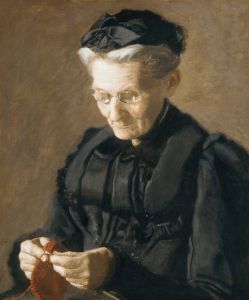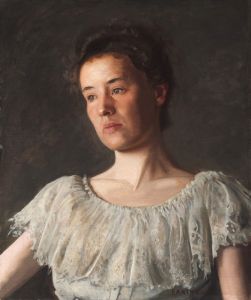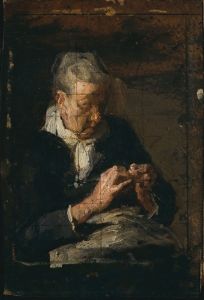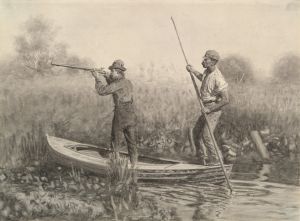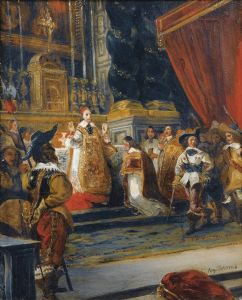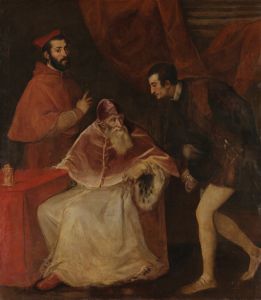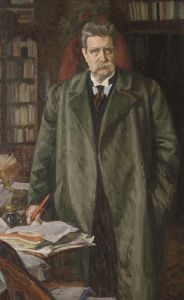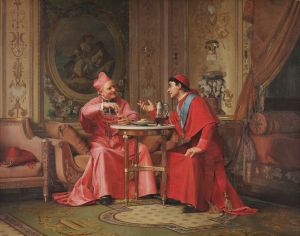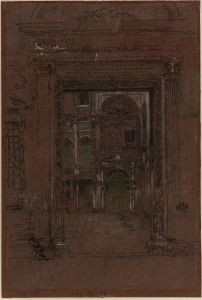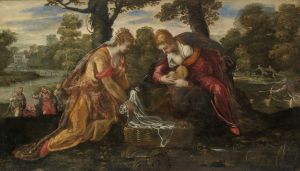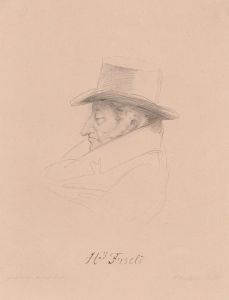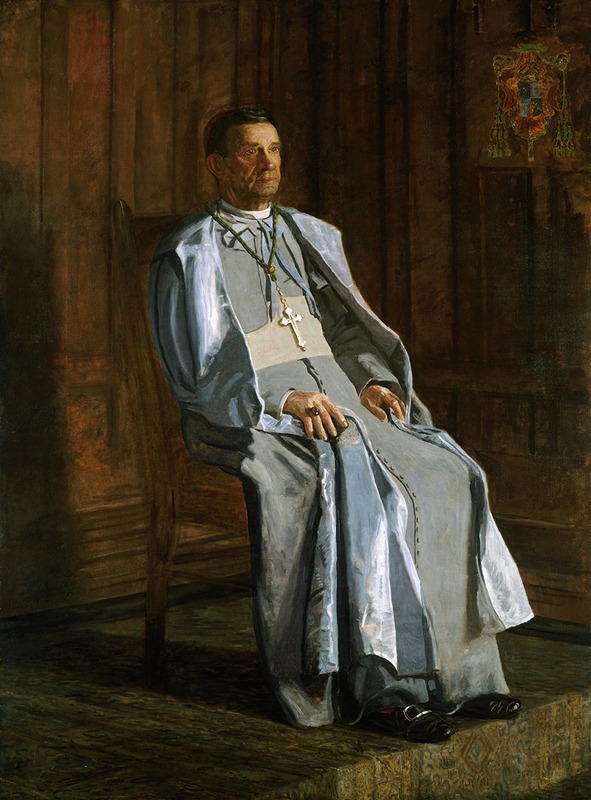
Archbishop Diomede Falconio
A hand-painted replica of Thomas Eakins’s masterpiece Archbishop Diomede Falconio, meticulously crafted by professional artists to capture the true essence of the original. Each piece is created with museum-quality canvas and rare mineral pigments, carefully painted by experienced artists with delicate brushstrokes and rich, layered colors to perfectly recreate the texture of the original artwork. Unlike machine-printed reproductions, this hand-painted version brings the painting to life, infused with the artist’s emotions and skill in every stroke. Whether for personal collection or home decoration, it instantly elevates the artistic atmosphere of any space.
"Archbishop Diomede Falconio" is a portrait painting by the American artist Thomas Eakins, created in 1905. Thomas Eakins (1844-1916) is widely regarded as one of the most important American artists of the 19th century, known for his realistic approach and his focus on the human figure. Eakins' work often involved meticulous attention to detail and a deep commitment to capturing the true essence of his subjects.
The subject of this portrait, Archbishop Diomede Falconio, was an Italian-born prelate of the Roman Catholic Church. Born on September 20, 1842, in Pescocostanzo, Italy, Falconio joined the Order of Friars Minor (Franciscans) and was ordained a priest in 1866. He later moved to the United States, where he served in various capacities, including as a professor and administrator at Franciscan institutions. Falconio was appointed Archbishop of L'Aquila in Italy in 1892, and in 1902, he was named Apostolic Delegate to the United States, a position he held until 1911. He was created a cardinal in 1911 and served in the Roman Curia until his death in 1917.
The portrait of Archbishop Falconio by Eakins is notable for its realistic representation and the artist's ability to convey the character and dignity of the subject. Eakins was known for his use of live models and his insistence on accuracy, which is evident in the detailed rendering of Falconio's facial features and ecclesiastical garments. The painting captures Falconio in his clerical attire, with a serene and contemplative expression, reflecting his status and the solemnity of his office.
Eakins' approach to portraiture was influenced by his studies at the Pennsylvania Academy of the Fine Arts and his time in Europe, where he was exposed to the works of the Old Masters. His technique involved careful observation and a deep understanding of anatomy, which he applied to create lifelike and expressive portraits. In "Archbishop Diomede Falconio," Eakins' mastery of light and shadow, as well as his skillful use of color, contribute to the overall impact of the painting.
The portrait is part of Eakins' broader body of work, which includes numerous portraits of prominent individuals from various fields, including medicine, science, and the arts. His ability to capture the personality and presence of his subjects has earned him a lasting reputation as one of America's greatest portrait painters.
"Archbishop Diomede Falconio" remains an important example of Eakins' work and a testament to his dedication to realism and his respect for his subjects. The painting is housed in the Philadelphia Museum of Art, where it continues to be appreciated by art enthusiasts and scholars alike.





